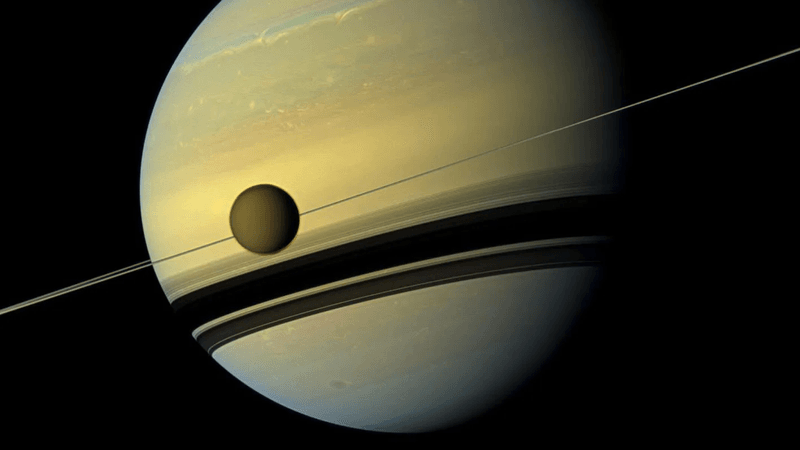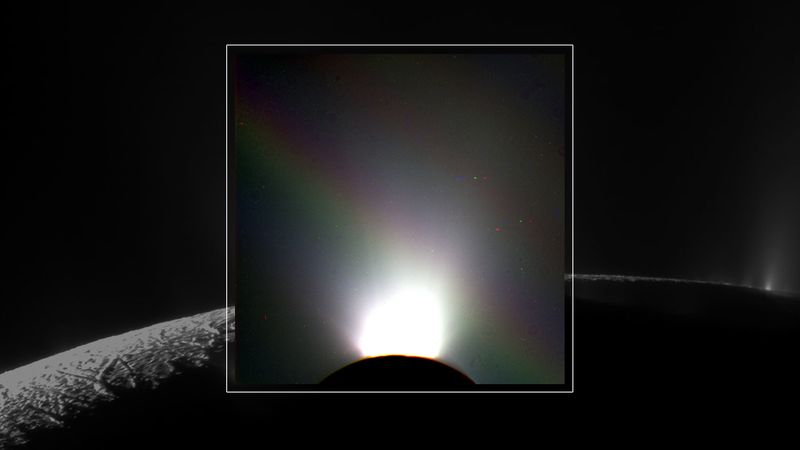Astronomers have detected an object with an orbit that will take it out of the Solar System, and almost certainly must have come from outside as well. Having recognized it long before it reaches its closest approach to the Sun, we will have months to study it as it brightens. What we already know, however, is that it has a much more extreme orbit than the two previous examples, 'Oumuamua and Borisov, which in turn were quite unlike each other in composition. Outside the Solar System, the universe is a very diverse place.
The rest of this article is behind a paywall. Please sign in or subscribe to access the full content.In 2017, astronomers found something they had never seen before: an object passing through the Solar System with an orbit indicating it came from outside. Subsequently named 'Oumuamua, the visitor appears to have a composition and shape unlike anything we have seen, leading to discredited claims it was an alien spaceship. Two years later, Comet 2I/Borisov turned up and was found to be much more similar to Solar System comets, although its orbit clearly marked it as interstellar.
We don’t yet have those sorts of details of the new object, provisionally named A11pl3Z, or even whether it is a comet or asteroid, but we know it is unlike the others in one important way: its orbit.
A11pl3Z is currently slightly inside the orbit of Jupiter, but on almost exactly the opposite side of the Sun, so it has not been affected by the giant planet’s gravity.
First detected by the ATLAS sky survey on July 1, A11pl3Z was announced on BlueSky by astronomy student K Ly with the handle astrafoxen. The discovery set off a scramble by other observatories to see if they had images of it that they had overlooked, which could help refine its orbit.
It turned out ATLAS itself had records from June 25-28, and once alerted, the Zwicky Transient Facility came up with data from June 14-21.
Orbits are measured by their eccentricity (e). Those bound to the gravity well of a larger object have e values between zero (perfectly circular) and fractionally below 1 (extremely elongated like long-period comets). An eccentricity greater than 1 means an object is a one-time visitor to the Solar System that won’t be back.
'Oumuamua had an eccentricity of 1.20, and initial estimates were somewhat lower, leading to some claims we’d just mismeasured an orbit that was a tiny bit below 1, and therefore not interstellar at all. Comets or asteroids with eccentricities of less than one can be thrown out of the Solar System by encounters with giant planets, so it also took a while to check 'Oumuamua hadn’t only been recently boosted to an e value greater than 1, after a lifetime spent orbiting the Sun.
A11pl3Z never left room for such doubt, its orbital eccentricity was initially thought to be more than 10, and is currently estimated to be above 6, Further change is possible, but it’s still more than double Borisov; we’re definitely seeing something unlike any previous visitor.
People who have seen too many science fiction disaster movies needn’t worry. A11pl3Z’s trajectory will never bring it within 50 million kilometers (31 million miles) of Earth’s orbit, let alone Earth itself.
There’s some uncertainty as to whether A11pl3Z will pass inside the orbit of Mars (see image at top) at closest approach, expected in October, or just outside it.
At magnitude 17.2, A11pl3Z is currently too faint for backyard telescopes to detect, but that will change as it gets closer, particularly if it turns out to be a comet. Annoyingly, however, the closest approach will occur when Earth is worst positioned to see it, on the opposite side of the Sun.




